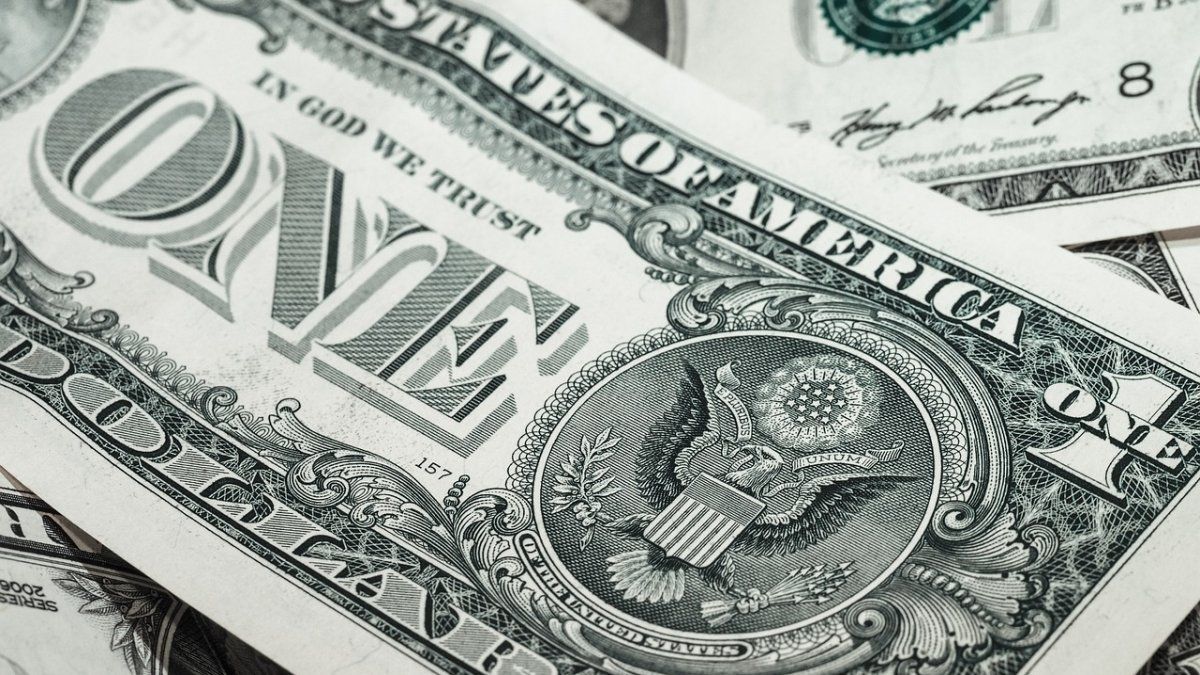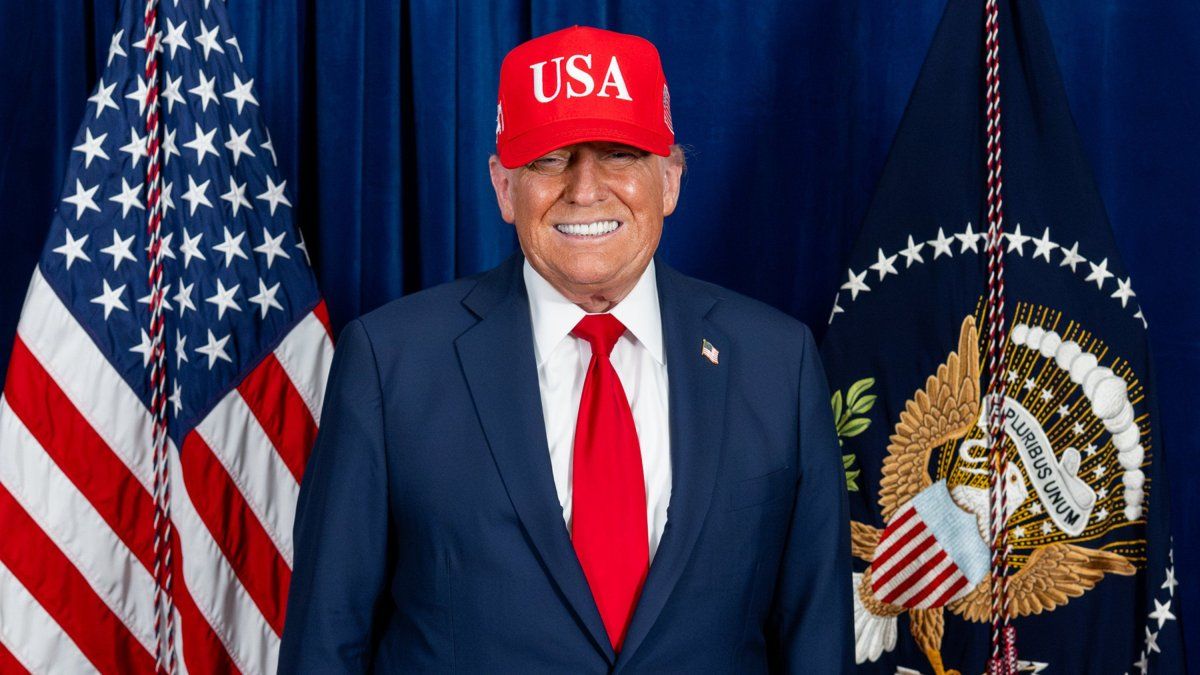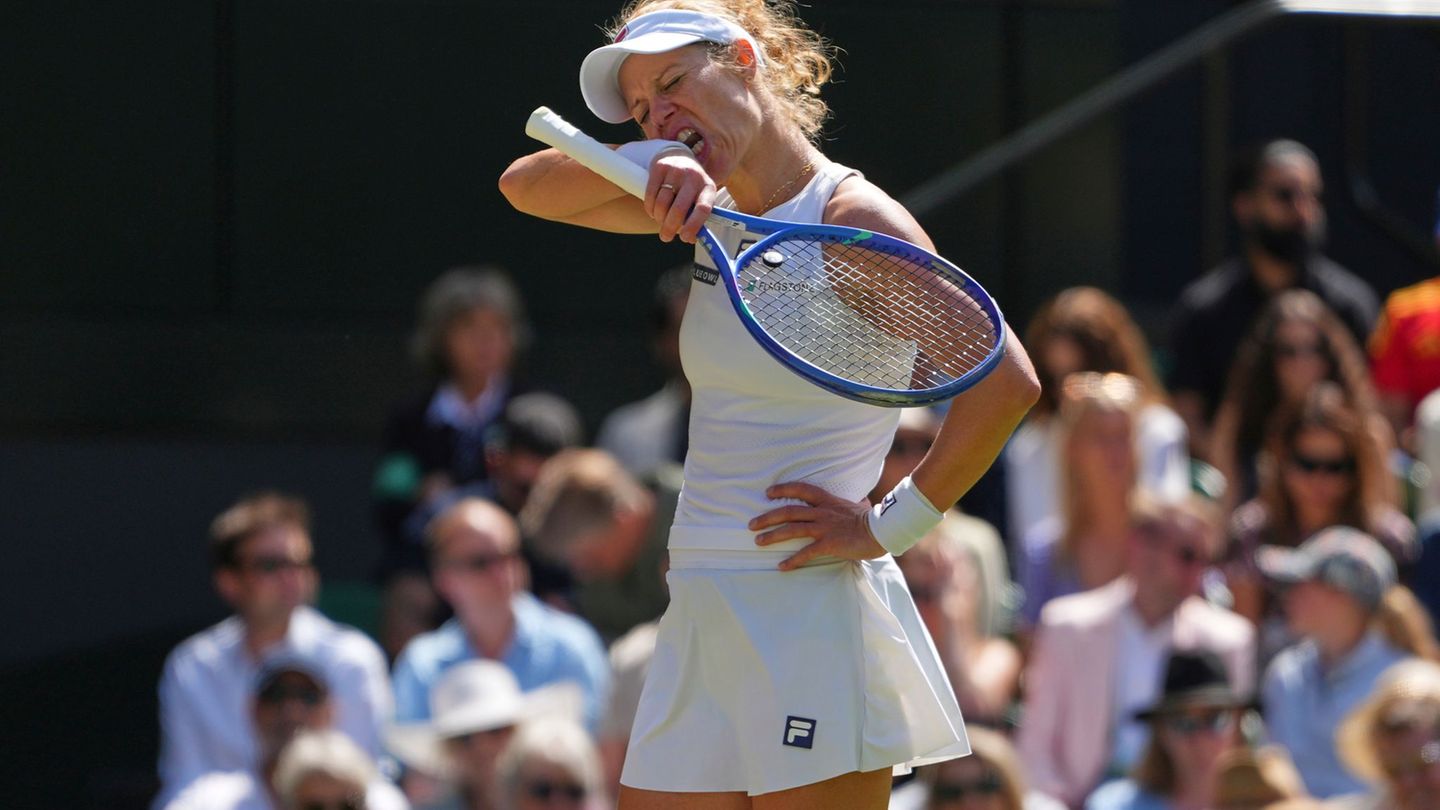financial dollars fall This Friday, May 19, after scoring his biggest rise in almost 10 months on the previous day by advancing almost $30. This happens while investors remain expectant regarding news about the negotiations with the International Monetary Fund (IMF) and days after knowing the decision of Cristina Fernández not to be a candidate in the next elections.
In that framework, the dollar CCL -operated with the GD30 bond in the Price-Time Priority or PPT market- $10.22 (-2.1%) plummets to $471.93. Thus, the gap with the official exchange rate is located at a 102.7%.
In turn, the MEP dollar -operated with the GD30 bond in the Price-Time Priority or PPT market- it drops $6.61 in the day (-1.4%) to $471.06. In this way, the gap is positioned in a 102.3%.
Why did the financial dollars jump in the previous day?
“Everything seems to show that the Government has been moved, which had been artificially supporting the price of the financiers that was seen on the screen. For example, the CCL implicit in Cedears and the one negotiated in Senebi (the OTC market of the stock market, something like the blue but legal) already marked a gap against the MEP and CCL implicit in bonds operated by the screen”, he analyzed Juan Pablo Albornoz, economist at Invecq.
One of the government’s concerns was that intervention in the bond market to control stock exchange rates had allowed speculators to earn up to 20% in 48 hours with a few clicks. One of the loops involved the purchase of the MEP dollar and then the sale through the LEDES. And the other was to acquire the so-called stock dollar and sell it on the parallel market, an operation known as “mash.”
Given this, Roberto Geretto of Fundcorpexplained: “The rise (fall of the alternative weight) is due to the fact that they stopped intervening. To what extent it is to take care of reserves or punish those who make the ‘curl’ (purchases and short speculative sales in different markets) is something that will be known over time“.
“The BCRA does not want them to take the time in their way of intervening so as not to ensure ‘curlers’then it runs from the market generating greater volatility, which is one of the objectives that seeks to avoid interventionadded the analyst Christian Butler.
Yes ok the BCRA acquired US$51 million last Thursdaywhich represented its tenth consecutive day of purchases in the exchange market, the reserves do not stop descending. According to estimates, the monetary institution allocated about US$100 million daily to intervene in the bond market. The stock of gross reserves at the close of Wednesday totaled $33,298 million, the lowest levels since 2016.
Finally, Gustavo Ber from Estudio Beralso explained that there was other motives for which the stock exchange rate rose: “The dollarization process is extended by political and economic contact despite the floods trying to slow down the rate of slippage. This is reasonable given the electoral uncertainty and the macro imbalances to be managed, among them the accelerated inflation that pushes the nominal value of the underlying economy”.
Source: Ambito
I am a 24-year-old writer and journalist who has been working in the news industry for the past two years. I write primarily about market news, so if you’re looking for insights into what’s going on in the stock market or economic indicators, you’ve come to the right place. I also dabble in writing articles on lifestyle trends and pop culture news.




